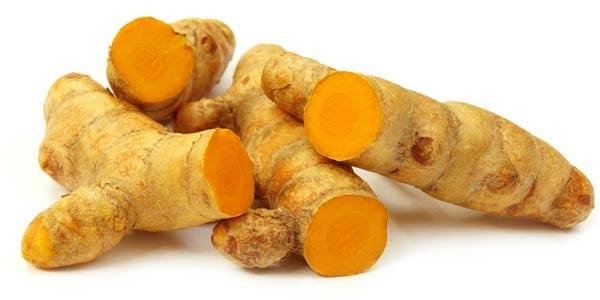A compound in turmeric stimulates brain cell regeneration

A bioactive compound found in turmeric helps heal brain damage, according to the latest research.
The results of a study published in the journal “Stem Cell Research & Therapy” show that a compound called aromatic turmerone supports the proliferation and differentiation of stem cells in the brain.
This means it could be used in the future to treat neurological diseases such as stroke and Alzheimer’s disease.
The study investigated the effects of the aromatic turmerone on the body’s naturally occurring neutral stem cells (NSCs), which are normally found in the brain of adults.
NSCs become neurons and play an important role in the renewal and restoration of brain function in neurodegenerative diseases.
Previous research on aromatic turmerone suggests that aromatic turmerone can block the activation of microglial cells.
When excited they cause neuroinflammation which is associated with various neurological diseases.
However, however, the independent effect of the bioactive compound in turmeric on brain tissue renewal is unknown.
Scientists from the Institute of Neuroscience and Medicine in Jülich, Germany, investigated the effects of aromatic turmerone on the proliferation and differentiation of neutral stem cells, both in vitro and in vivo.
Stem cell growth increased by 80%
Rat embryonic stem cells were cultured and allowed to grow at 6 different concentrations of the bioactive compound.
At certain concentrations an increase in the proliferation of HSCs by up to 80% was observed without causing cell death.
The process of cell differentiation is accelerated in the cells treated with the aromatic turmerone compared to the untreated control ones.
Although the data show that aromatic turmerone increases the proliferative activity of neutral stem cells, previous studies have found both positive and negative effects of the bioactive compound on proliferation depending on the cell type , which were the subject of the study.
Although aromatic turmerone inhibits the proliferation of various cancer cell lines, the compound favors the proliferation of peripheral blood mononuclear cells.
When evaluating the bioactive compound as a future drug for neurodegenerative diseases or stroke, it should be considered that stimulation of NSC proliferation carries a certain oncogenic risk.
However, pharmacological stimulation of stem cell proliferation without genetic manipulations is believed not to be associated with an increased risk of developing malignant diseases.
To study the effect of the bioactive compound on HSCs in vivo, the scientists injected the animals with it.
Subsequently, they performed positron emission tomography and found that the subventricular zone (SVZ) and hippocampus in the brains of rats injected with aromatic turmerone were wider compared to those that were not. given by the compound.
The CNS and the hippocampus are known to be the two areas of the brain where neurogenesis occurs.
One of the authors of the study points out that so far it has been found that several substances stimulate the proliferation of stem cells in the brain, but relatively few drugs additionally create conditions for the differentiation of stem cells into neurons, which actually represents a major goal of regenerative medicine.
The findings of the scientists who took part in the research are one step forward towards achieving this goal.
The aromatic turmerone is the less studied of the two main bioactive compounds found in turmeric. The other component is curcumin, which is well known for its anti-inflammatory and neuroprotective properties.



